Crisis Parliamentary Procedure
Traditional Model UN committees like General Assemblies (GAs) or Economic and Social Councils (ECOSOCs) strictly follow rules of Parliamentary Procedure, however; Crisis Committees are faster and have different debate rules. Because of this, Parliamentary Procedure is more loosely followed, which can make crisis parliamentary procedure more difficult for first-time delegates to grasp.
To familiarize yourself with traditional parliamentary procedure terms, delegates should read the Parliamentary Procedures page.
You can also view the Crisis Notepad System and an expanded Crisis Guide.
1. BEGINNING DEBATE
Committee will begin with a roll call. Unlike GAs, a formal motion to open debate is not necessary, and motions do not need to be seconded by another delegate.
The largest difference between traditional and crisis parliamentary procedure is the lack of a Speaker’s List in crisis committees. As such, a Motion to Set the Speaking Time or Set the Agenda are unnecessary. In place of the Speaker’s List, crisis committees use three primary tools for discussion about the topic at hand: round robins, moderated caucuses, and unmoderated caucuses.
2. MODERATED CAUCUS
These are the most common in a crisis committee, and if there are no other motions on the floor, the Chair will default to a moderated caucus. Most crisis committees conduct debate through a series of rolling moderated caucuses. Like in traditional committees, the delegate proposing a moderated caucus should specify a topic of discussion, the duration, and speaking time per delegate. While there is no formal limit on the duration of a moderated caucus, a Chair will usually not entertain anything beyond 10-12 minutes. The Chair will individually call on delegates who wish to speak, and, due to the small number of delegates in a crisis committee, it is often possible for a delegate to speak twice in one moderated caucus.
SAY: “Motion for a six-minute moderated caucus with a 30-second speaking time to discuss the latest crisis update.”
3. UNMODERATED CAUCUS
Similar to unmoderated caucuses in traditional committees, delegates are able to leave their seats and discuss the topic freely. In crisis committees, however, unmoderated caucuses are usually for merging directives, rather than bloc-building. More information about directives will be discussed later. Unmoderated caucuses usually last no more than 10 minutes, and are more rare in crisis committees than in GAs or ECOSOCs.
SAY: “Motion for a ten-minute unmoderated caucus to merge directives on the table.”
4. ROUND ROBIN
A round robin is a variation of the moderated caucus, where every delegate in the committee gives a speech in order, hence the name. The delegate proposing a round robin also specifies the speaking time per delegate, which is usually not more than one minute. Round robins are especially useful at the very beginning of a committee, since it allows each delegate to lay out their position and discuss what issues they believe to be most worthy of further discussion. They can also be useful after a major crisis update to allow all delegates to give their opinion on how to resolve the latest crisis.
SAY: “Motion for a 30-second round robin.”
5. YIELDS AND POINTS
Speeches in a crisis committee will rarely last more than a minute, so yielding to questions or to another delegate is often not possible or impractical. Yielding time back to the chair is sometimes optional, depending on the chairing style of the Dias.
Points still function largely the same as in traditional committees. Due to the small size of the committee, a delegate can simply say the point when another delegate is not speaking, instead of waiting for the Chair to recognize them.
6. DIRECTIVES
Directives are similar to resolutions in traditional committees, with the notable exception that they do not include preambulatory clauses and are much shorter and more concise. Directives are generally written in response to a specific crisis update, and can be as short as two or three clauses. Once a directive has collected the required number of signatories, it is sent to the Dias. A delegate can then motion to introduce all directives on the table.
7. ADDITIONAL PARLIAMENTARY PROCEDURE
Occasionally, crisis staff may introduce a “timed crisis,” where delegates have a limited amount of time to address a problem. In those cases, the Chair may further relax parliamentary procedure rules and skip parts of the formal voting procedure or allow a directive to be presented verbally without first being written.

